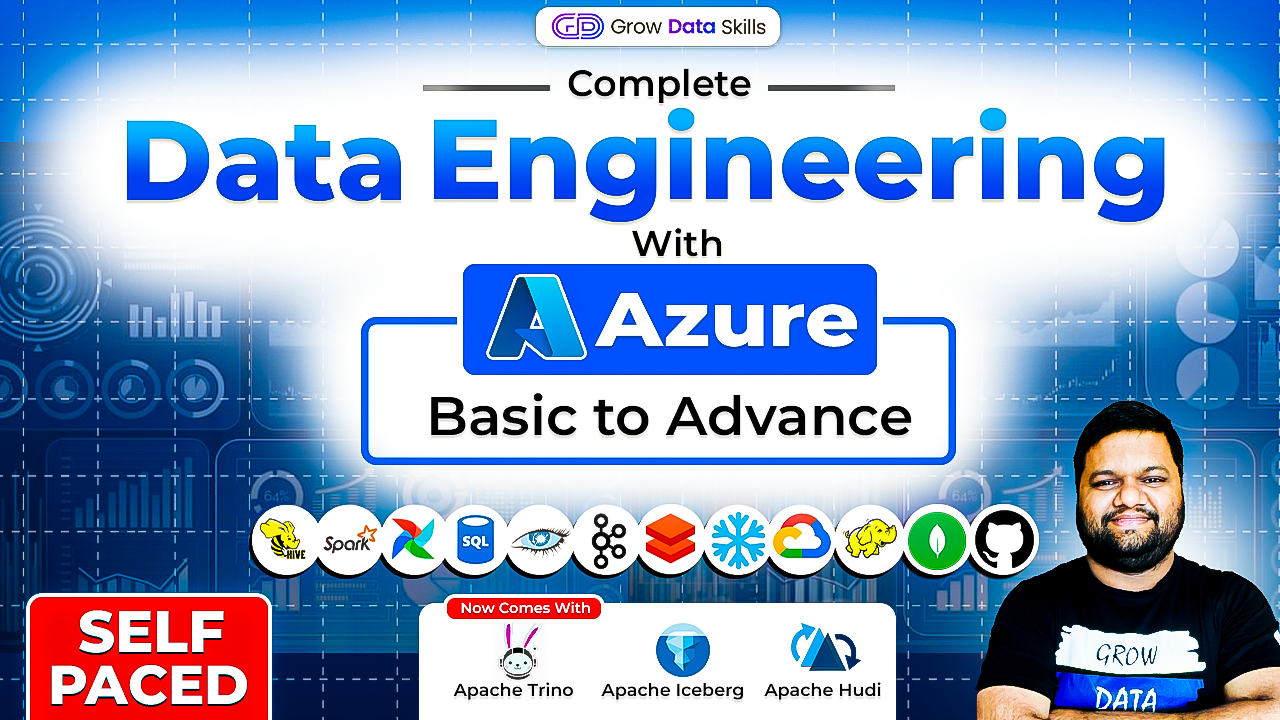Let’s talk about something that’s been on the minds of many in the AI and data science community: Deep Learning. It’s the buzzword that’s been dominating headlines, winning competitions, and pushing the boundaries of what machines can do. From image recognition to natural language processing, deep learning has shown that it can tackle some of the most complex problems out there.
But here’s the thing: Just because deep learning can solve a problem, doesn’t always mean it should. Surprised? Let’s dig into why that is.
The Allure of Deep Learning: Why It’s So Tempting 🌟
Deep learning is like the superhero of the machine learning world. It’s powerful, versatile, and capable of learning from vast amounts of data in ways that traditional models simply can’t. Need to classify millions of images? Done. Want to generate human-like text? Easy. Deep learning can do all that and more.
The appeal is obvious. Who wouldn’t want to use a tool that promises such incredible results? It’s like having a magic wand that can turn raw data into insightful predictions, often with just the right amount of tweaking.
But Wait—Why Don’t We Use It for Everything? 🤔
Here’s where we need to step back and take a more critical look. Yes, deep learning can solve a lot of problems, but it’s not always the best tool for the job. In fact, there are several reasons why you might want to think twice before reaching for deep learning as your go-to solution.
1. Complexity Overkill ⚙️
Deep learning models are inherently complex. We’re talking about networks with potentially millions of parameters, requiring extensive computation to train. This complexity is necessary for certain tasks, like recognizing objects in images or understanding human speech. But for simpler problems, like predicting a linear trend or classifying a small dataset, deep learning can be overkill.
Imagine needing to cut a loaf of bread, but instead of using a knife, you bring out a chainsaw. Sure, it’ll get the job done, but it’s not the most efficient or practical choice. Similarly, simpler models like linear regression, decision trees, or even basic clustering algorithms might be more appropriate for many problems.
2. Data Hungry Models 🍽️
Deep learning shines when you have a lot of data—like, a lot of data. The more data you feed it, the better it gets. But not every problem comes with a massive dataset. In fact, many real-world problems involve limited or noisy data. In such cases, traditional machine learning models, which don’t require as much data to train effectively, can actually perform better and with less effort.
Deep learning models can struggle when there’s not enough data to learn from, leading to issues like overfitting where the model performs well on training data but poorly on new, unseen data.
3. Interpretability Matters 🔍
One of the biggest criticisms of deep learning models is that they’re often seen as “black boxes.” They might make accurate predictions, but understanding how they arrived at those predictions can be difficult, if not impossible. In industries like healthcare, finance, or law, where decisions need to be explainable and transparent, this lack of interpretability can be a dealbreaker.
In contrast, simpler models are often more interpretable. You can look at a decision tree or a linear regression model and see exactly how the model is making its predictions. This transparency is crucial when you need to explain your model’s decisions to stakeholders who may not be familiar with the intricacies of machine learning.
4. Resource Intensive 💻
Training deep learning models requires significant computational resources. We’re talking about powerful GPUs, large memory, and sometimes even specialized hardware. This can make deep learning expensive, both in terms of time and cost. For many projects, especially those with limited budgets or resources, the cost of using deep learning may simply outweigh the benefits.
On the other hand, traditional machine learning models can often be trained on a standard laptop in a fraction of the time and with far less computational power.
5. Overfitting and Generalization 🎯
Deep learning models are incredibly powerful, but with great power comes great responsibility. Because these models can learn so much from the data, they’re prone to overfitting—essentially, learning the noise instead of the signal. This means the model performs brilliantly on the training data but fails to generalize to new data.
For simpler problems or smaller datasets, traditional models that are less prone to overfitting might be the safer choice. They’re more likely to generalize well to new data, which is ultimately what you want in a model.
So, When Should We Use Deep Learning? 🛠️
Don’t get me wrong—deep learning is an incredible tool, and it’s revolutionizing the way we solve some of the world’s most complex problems. But it’s important to recognize that it’s just one tool in a much larger toolbox.
You should consider deep learning when:
- You have a large, complex dataset that traditional models struggle with.
- The problem involves tasks like image recognition, speech processing, or complex pattern recognition, where deep learning has proven to excel.
- You have the computational resources and time to train and fine-tune a deep learning model.
- Interpretability isn’t a primary concern, or you have methods in place to explain the model’s predictions.
Final Thoughts: The Right Tool for the Right Job 🧰
In the end, the key to being a successful data scientist isn’t about using the flashiest or most powerful tools—it’s about using the right tool for the job. Deep learning is powerful, but it’s not always the best choice. Sometimes, the simplest solution is the best one.
So, before you dive headfirst into deep learning, take a moment to consider the problem at hand. Could a simpler model do the job just as well, or even better? If so, don’t be afraid to go with the simpler option. Your project, your team, and your stakeholders might thank you for it.





Blog liked successfully
Post Your Comment